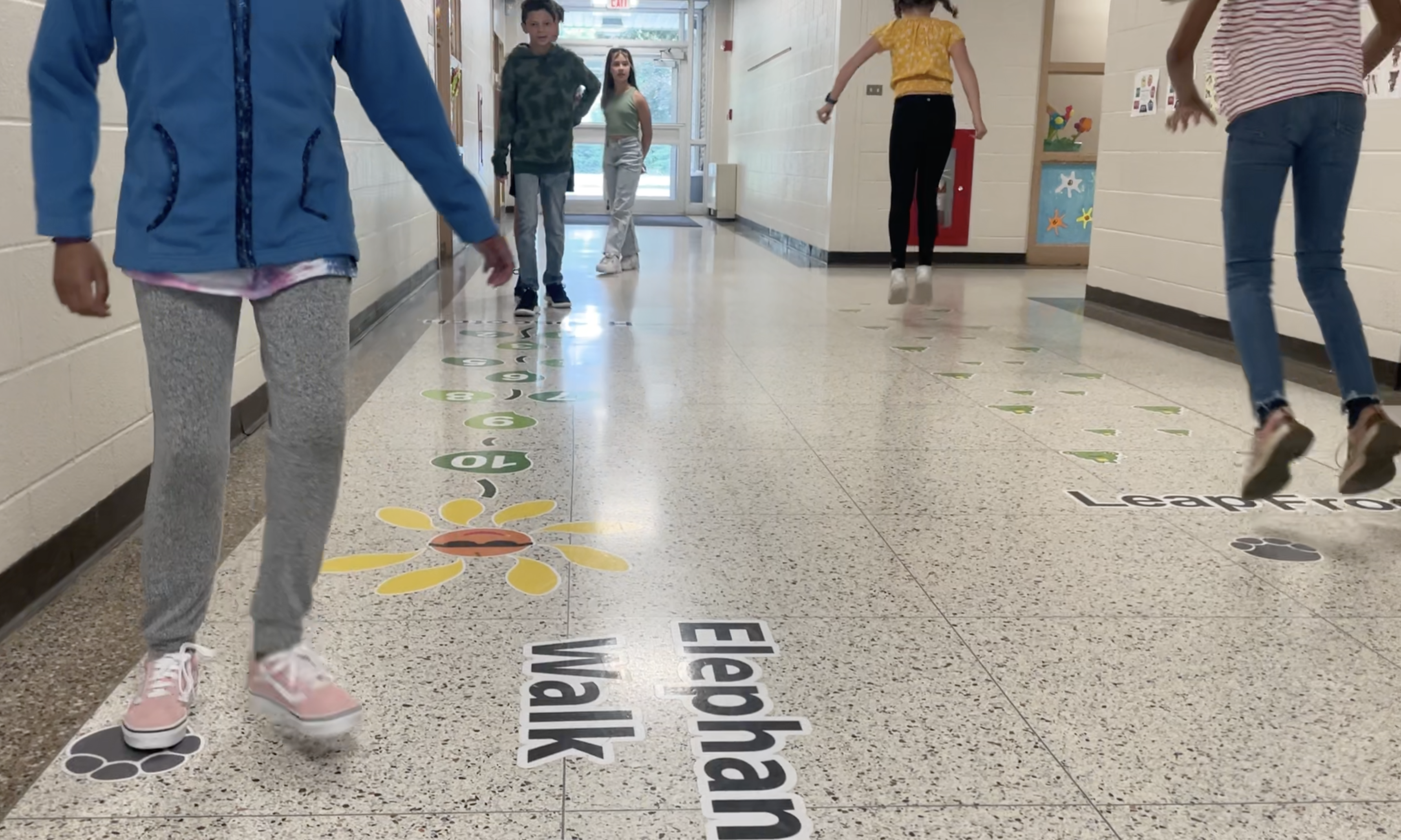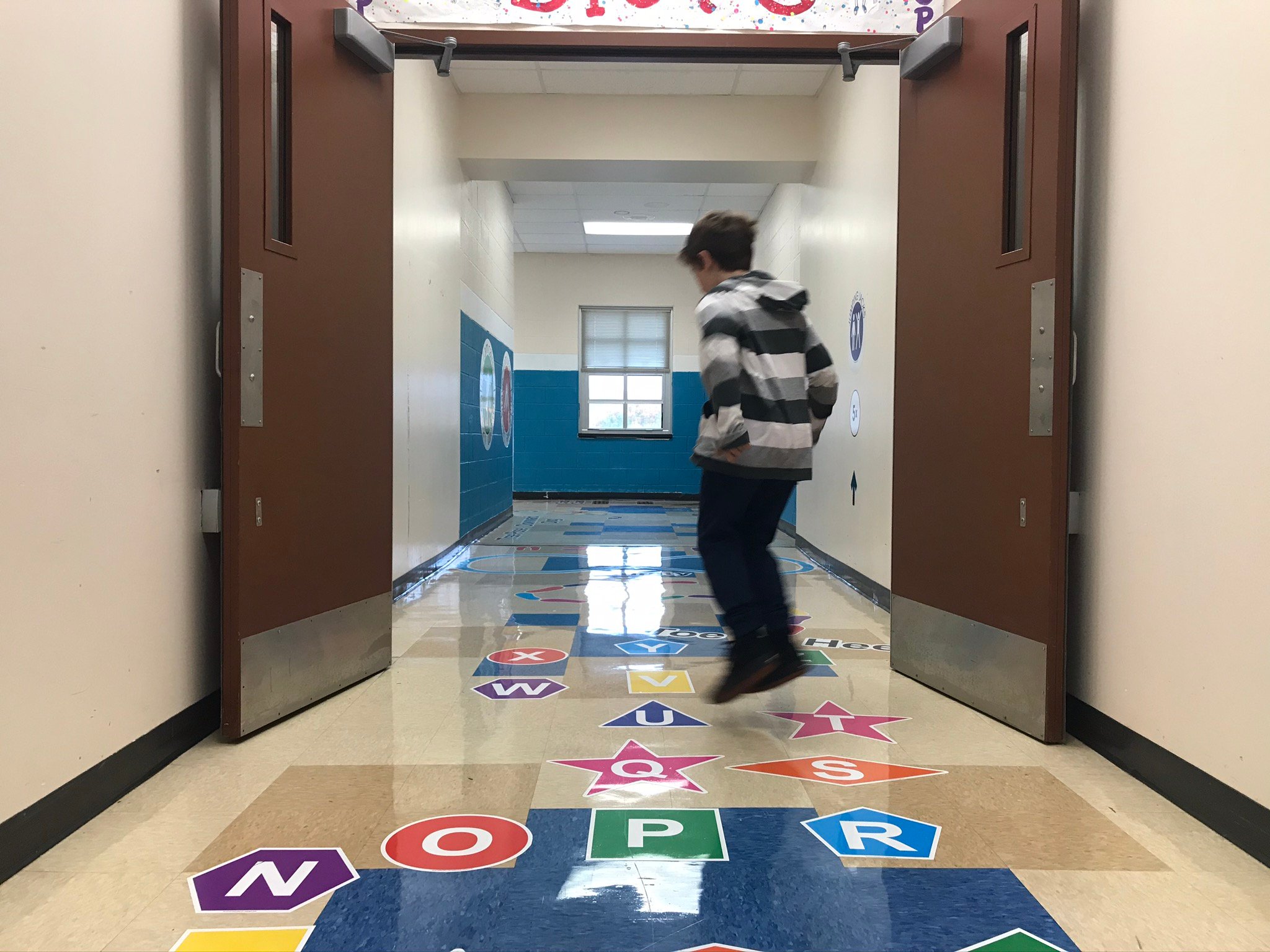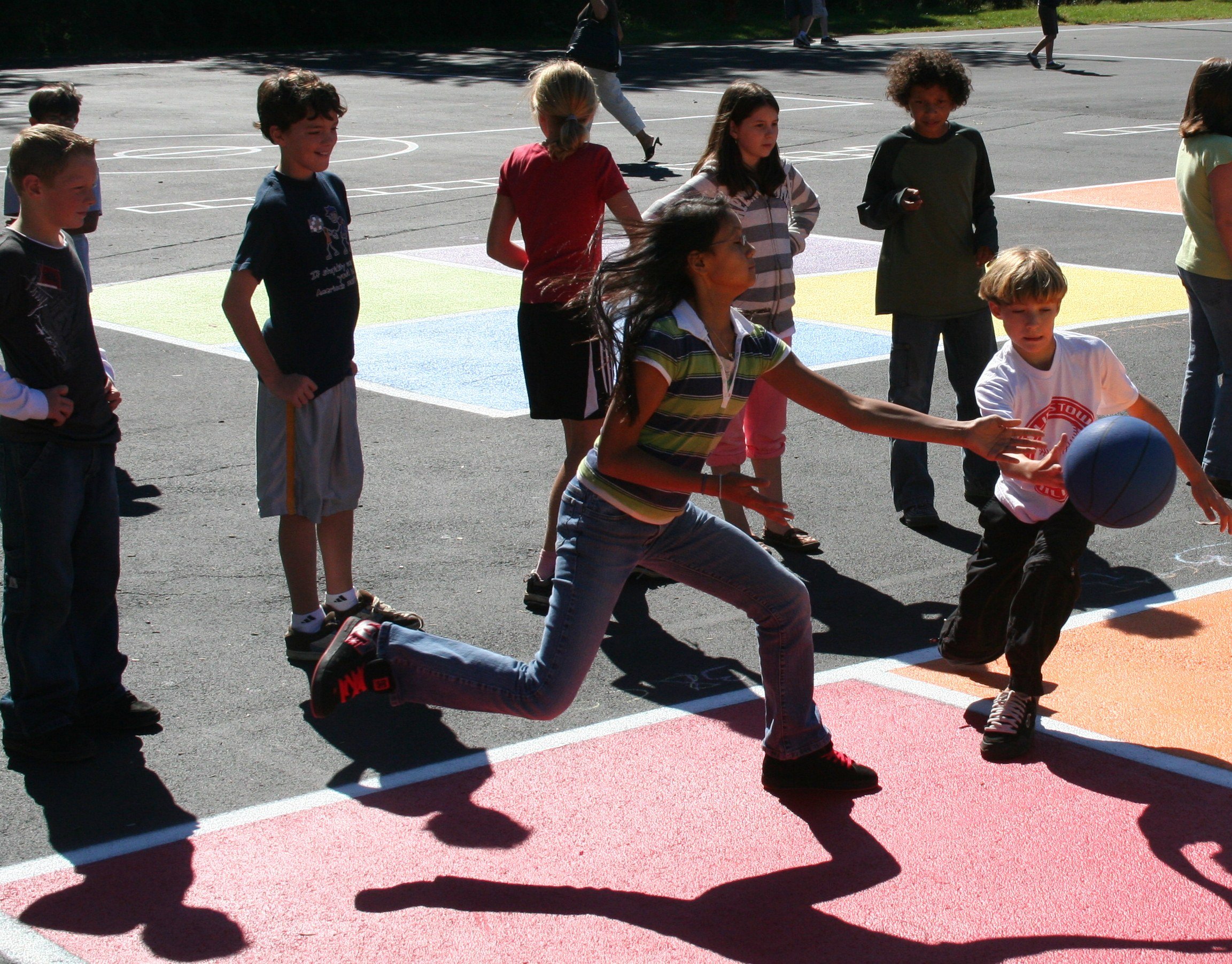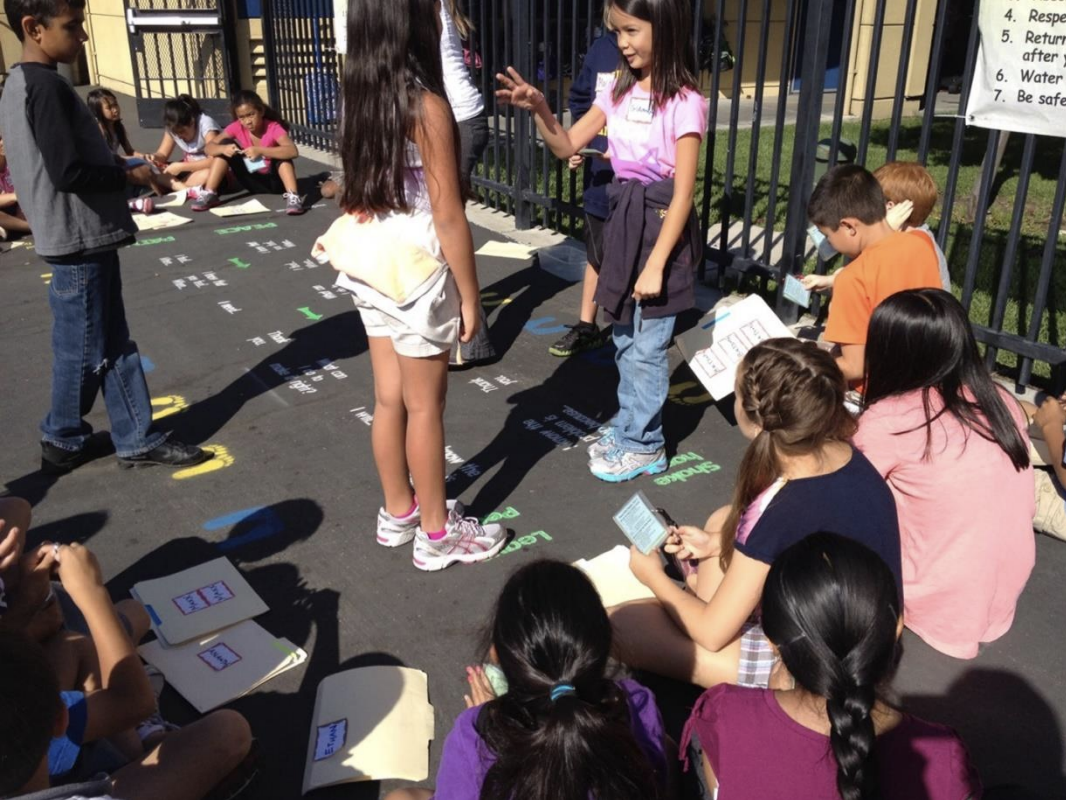PURPOSEFUL MOVEMENT – Planned activities that will kick the school year off to a great start!
Are you ready to go back to school!? Get your students excited and ready for the new school year with engaging activities that will make a meaningful impact on their learning journey and yours!
We know that movement throughout the day helps students MAINTAIN and ENERGIZE their bodies, engages their brains, and helps maintain FOCUS and CONCENTRATION.
In fact, research has shown that "purposeful movement" throughout the school day improves academic performance and benefits overall social and emotional behavior!
Purposeful movement is the basic idea that the curriculum and activities you plan have multiple positive outcomes! Planning with purpose can have a significant positive impact on motor development, learning and cognition, as well as enhanced social emotional ability. When children engage in purposeful movement, they experience a range of benefits that enhance their overall learning.
The following are selected purposeful movement strategies that can help you engage your learners:
Sensory pathway learning: Combining purposeful movement with sensory pathways engages multiple senses simultaneously. This multi-sensory approach facilitates better understanding and comprehension and is supported by the concept of “Sensory Continuity” or the brain’s ability to quickly process information from different environments and modalities. Using Sensory Continuity strategies enhances learning and generalization between environments. We offer a wide range of possibilities for constructing sensory pathways.
Enhanced memory retention: Physical movement during learning stimulates different parts of the brain, particularly the hippocampus, which is crucial for memory formation and consolidation. When movements are purposefully linked to the learning content, it creates stronger neural connections and helps retain information more effectively. Connecting learning to emotion can also enhance memory. This is managed by the limbic portion of the brain which also helps to manage emotion. We tend to remember moments that make us laugh hysterically or cry profusely. Extreme emotions are regulated through the limbic brain. Purposeful movements that promote these experiences safely are a powerful tool to help with memory. P.E. Teacher Kevin Yarnell uses kickball with the Buddy Circle™ to promote physical activity with emotional learning.
Sensory opportunities to increase attention and focus: Purposeful movement can help improve attention and focus by reducing restlessness and providing a way to channel excess energy. Taking short “sensory opportunities” (not sensory breaks!) throughout the day can help learners refocus or reset their minds and sensory regulation system. Creating purposeful time for a sensory opportunity can make the learner more receptive to engaging new information while reducing the chance of mental fatigue.
Learning through movement: Some individuals simply learn best when up and moving! We often refer to kids like this as “kinesthetic learners” and let’s be honest – most of us learn best through physical activities and hands-on experiences. Incorporating purposeful movement into the learning process caters to these learners, making the educational content more accessible and memorable for them. For example, Hop Letters and Shapes® SUPER STICKERS® to practice vocabulary.
Brain plasticity and neuroplasticity: Purposeful movement promotes brain plasticity, which is the brain's ability to reorganize itself by forming new neural connections. This enhanced neuroplasticity enables the brain to adapt and learn more efficiently, especially in response to novel movements and learning challenges. Movement enhances the growth of strong neural nets which create the foundation to enhanced learning.
Emotional engagement: Purposeful movement can evoke emotions and create a positive learning environment. Emotional engagement is known to enhance learning and information retention, as emotions often act as anchors for memory formation (see the limbic brain!).
Reduced stress and anxiety: Physical movement and exercise has been directly linked to helping children reduce stress and anxiety levels. Lower stress levels can positively impact learning by improving cognitive functioning and overall mental well-being. Recess serves as a valuable resource to provide children with a well-deserved opportunity for physical activity during the day, effectively alleviating stress and anxiety. Check out our Recess Resource Center.
Improved creativity and problem-solving: Engaging in purposeful movement can activate different parts of the brain associated with creativity and problem-solving. It encourages learners to think outside the box and explore various solutions to challenges. Participating in the Peace Path can foster problem-solving skills while keeping students actively engaged.
Social learning opportunities: Many purposeful movement activities can be performed in groups, fostering social interactions and collaborative learning. Social learning has its benefits, including the exchange of ideas and the opportunity to learn from peers. The Buddy Circle™ is a good tool for this as well.
It's important to note that all purposeful movements should be integrated thoughtfully into the curriculum and aligned with the learning process designed to meet specific learning objectives. Additionally, the type and intensity of the movement(s) can vary depending on the age group, ability level, and individual preferences. When applying any new learning strategy, a well-balanced approach that considers various learning styles, individual needs, environments, and preferences will yield the most effective results








Leave a comment